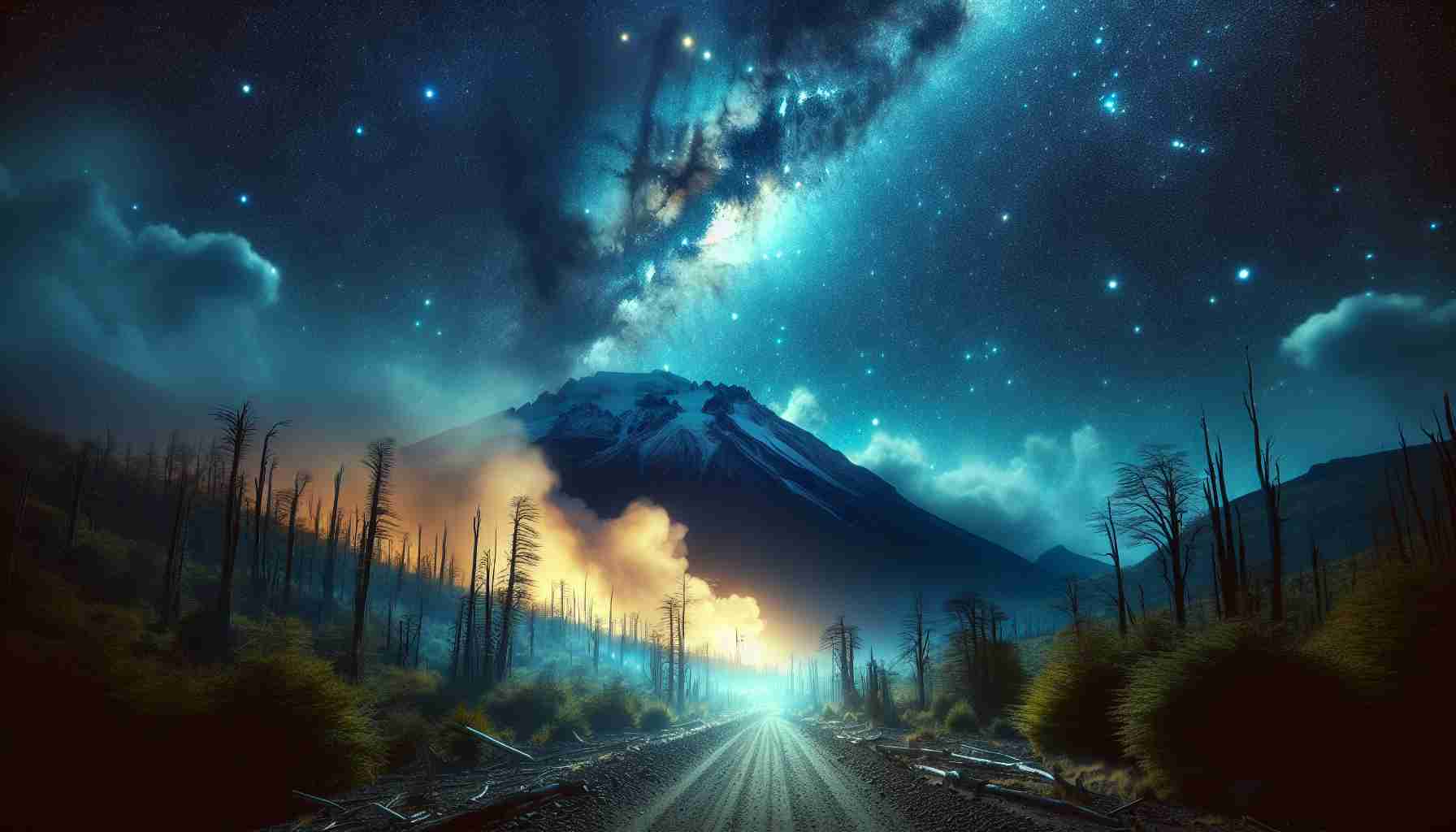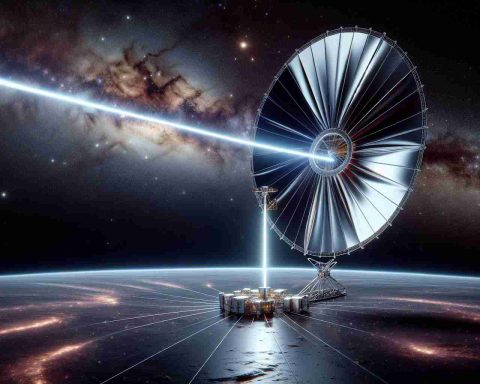Potential Industrial Development Near Paranal Observatory Raises Concerns
On December 24th, AES Andes, part of the US-based AES Corporation, proposed a large-scale industrial project for assessment that could gravely impact the Paranal Observatory in Chile’s Atacama Desert. This renowned site is celebrated for having the clearest and darkest skies, essential for astronomical research. The proposed complex would be positioned a mere 5 to 11 kilometers from the observatory, raising alarms regarding significant light pollution that could hinder astronomical observations.
Since its establishment in 1999, the Paranal Observatory has been pivotal in groundbreaking discoveries, including imaging exoplanets and studying supermassive black holes. The importance of the site has only increased with ongoing projects like the Extremely Large Telescope (ELT), expected to transform our understanding of the cosmos.
Experts underline the detrimental effects this industrial project could have, emphasizing concerns related to light pollution, dust emissions, and increased atmospheric disturbances that threaten the integrity of research conducted at Paranal. The ESO stressed that protecting this unique environment is essential for both current and future astronomical endeavors.
To ensure the integrity of one of Earth’s last pristine night skies, advocates urge AES Andes to consider alternate locations for their industrial development. Relocating the project is seen as imperative to safeguarding not only cultural heritage but also the pursuit of knowledge that benefits humanity as a whole.
Protecting the Night Sky: The Case Against Industrial Development Near Paranal Observatory
Introduction
The Paranal Observatory, located in Chile’s Atacama Desert, is a jewel of astronomical research, known for its pristine dark skies and significant contributions to our understanding of the universe. However, a proposed industrial project by AES Andes threatens to disrupt this remarkable site, prompting widespread concerns from the scientific community and environmental advocates.
Overview of the Paranal Observatory
Established in 1999, the Paranal Observatory is home to several of the world’s most powerful telescopes, including the Very Large Telescope (VLT). Over the years, it has been instrumental in groundbreaking astronomical discoveries, such as imaging exoplanets and exploring the depths of black holes. The ongoing construction of the Extremely Large Telescope (ELT) promises to enhance this legacy, aiming to answer fundamental questions about existence and the cosmos.
Potential Impacts of the Proposed Industrial Project
The AES Andes project, positioned just 5 to 11 kilometers from the observatory, poses several risks:
– Light Pollution: Increased artificial lighting could significantly deteriorate the quality of the night sky, making it difficult to conduct precise astronomical observations.
– Dust Emissions: Construction and operation could generate dust, potentially interfering with telescope optics and leading to atmospheric disturbances.
– Increased Traffic and Human Activity: The influx of workers and transport vehicles could create disturbances, further threatening the observing conditions that make Paranal exceptional.
Pros and Cons of Industrial Development
# Pros:
– Economic Growth: The project could bring jobs and strengthen the local economy.
– Infrastructure Development: Enhanced infrastructure might benefit local communities beyond just the industrial project.
# Cons:
– Threat to Research: Light and atmospheric pollution directly jeopardize ongoing and future scientific research.
– Cultural Heritage Risk: The area surrounding Paranal holds cultural significance, and industrial development could compromise its integrity.
Stakeholder Perspectives
The European Southern Observatory (ESO), which operates the observatory, has voiced significant concerns. They emphasize the need to maintain the integrity of the observing conditions for both current operations and future projects like the ELT. Observers globally insist that light-polluting industries should be located further from sensitive astronomical sites to protect scientific progress.
Alternatives and Solutions
Advocates suggest relocating industrial developments to sites with less environmental and astronomical impact. Solutions could include:
– Buffer Zones: Establishing protected areas around observatories to minimize light pollution and related disturbances.
– Sustainable Practices: Encouraging industries to adopt more sustainable practices, such as using low-intensity, directed lighting.
Conclusion
The proposed AES Andes industrial project presents a complex interplay of economic potential and scientific preservation. As the debate unfolds, it is imperative to prioritize the protection of unique astronomical sites such as Paranal, ensuring they remain viable for future generations.
Insights and Trends in Astronomy
– Increasing Advocacy for Dark Skies: As awareness grows regarding the effects of light pollution, more organizations are pushing for policies that protect night skies.
– Technological Innovations: New technologies in light pollution mitigation and observational techniques are being researched to enhance the efficacy of telescopes in light-polluted areas.
Final Thoughts
The conversation surrounding the development near the Paranal Observatory underscores the importance of balancing industrial growth with the preservation of our natural and scientific heritage. As we look ahead, it is crucial to advocate for strategies that ensure observational sites continue to thrive for generations to come.
For more information on issues related to astronomy and environmental protection, visit ESO.

















